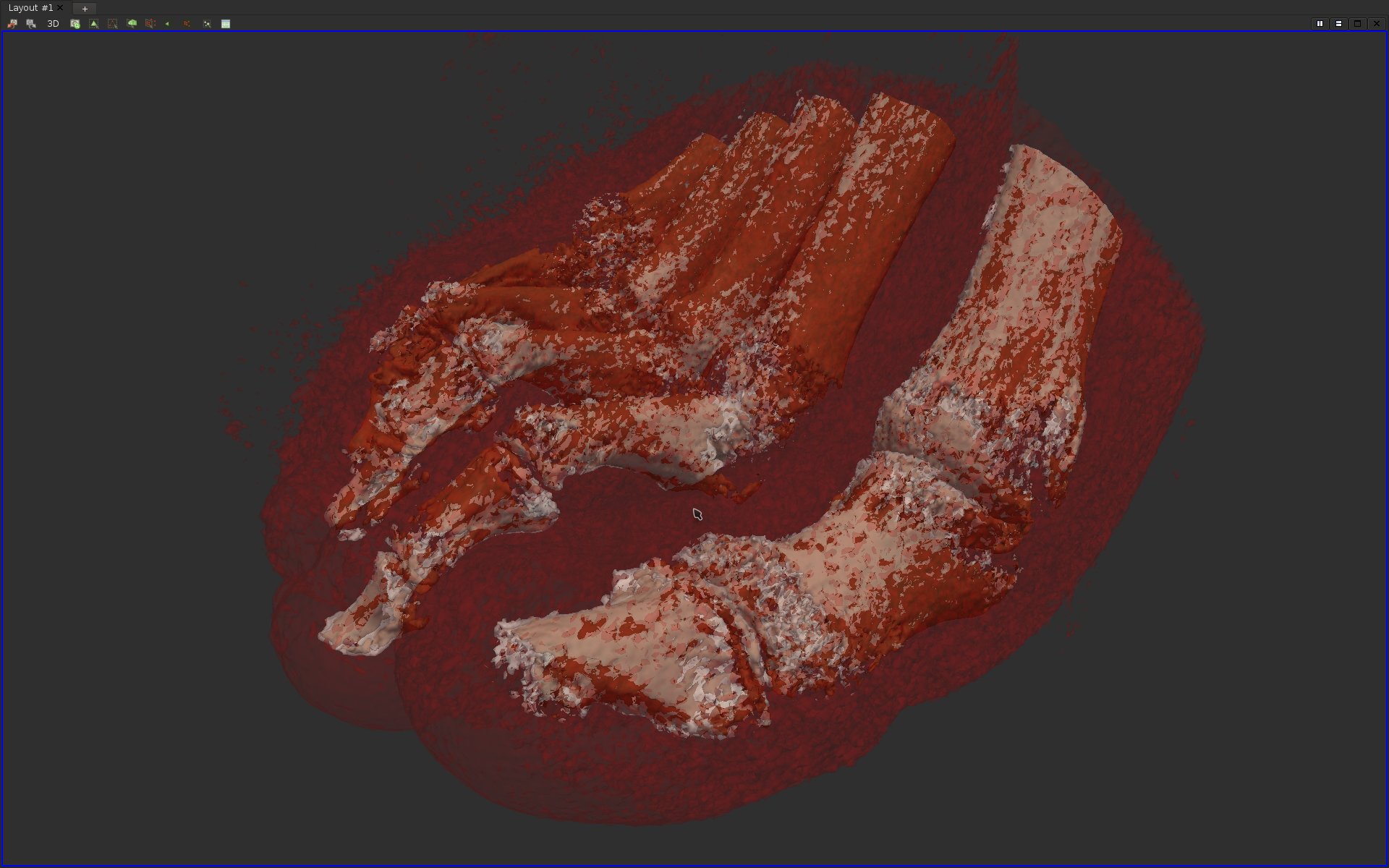
As a starting point and to make this guide more general and more reproducible, I will start with a statistical map obtained from NeuroSynth (Įt al., 2011), which will be in NIfTI format (Neuroimaging Informatics Technology Initiative Z-critical) and/or a minimum cluster extend threshold ( Depending on where your maps are coming from, you may need to apply a height threshold (i.e., Procedure #1: Visualizing cluster maps in a glass brainĪs a first exercise in visualizing MRI data in 3D, we will start with a statistical map. An additional example of making a 3D rendering of traced regions of interest (ROIs) is also outlined. An illustration of this processing workflow is shown inįigure 1. Here I briefly detail a straightforward approach for creating 3D visualizations of MRI data that work in these scenarios, as well as readily generalize to most other instances. This difficulty increases further if one wants to produce 3D renderings of several activation maps with an identical perspective (e.g., camera angle) or animated renderings (e.g., a rotating 3D glass brain). While these numerous options can provide 3D renderings of MRI data, many of them are unable to provide useful functionality such as visualizing activation clusters that are both cortical and subcortical, i.e., a 3D glass brain. ), as well as some more specialty programs, such as MRIcroGL ( A solution is to create figures that include perspective and can convey 3D information, and the creation of such figures can be readily produced using standard functional magnetic resonance imaging (fMRI) analysis packages, such as SPM ( When presenting and publishing findings of magnetic resonance imaging (MRI) studies, sometimes it is difficult to adequately present the results because they are 3D, while papers and slides can inherently only be 2D. Combined, presenting both 2D and 3D representations of MR images can provide a more comprehensive view of the study’s findings. Though a 3D ‘glass brain’ rendering can sometimes be difficult to interpret, they are useful in showing a more overall representation of the results, whereas the traditional slices show a more local view. Here I detail an approach for creating 3D visualizations of MRI data that satisfies all of these criteria. However, many options cannot provide functionality such as visualizing activation clusters that are both cortical and subcortical (i.e., a 3D glass brain), the production of several statistical maps with an identical perspective in the 3D rendering, or animated renderings. A solution is to create figures that include perspective and can convey 3D information such figures can sometimes be produced by standard functional magnetic resonance imaging (fMRI) analysis packages and related specialty programs. As a result, findings of MRI studies are often presented in 2D instead.

While magnetic resonance imaging (MRI) data is itself 3D, it is often difficult to adequately present the results papers and slides in 3D.


 0 kommentar(er)
0 kommentar(er)
